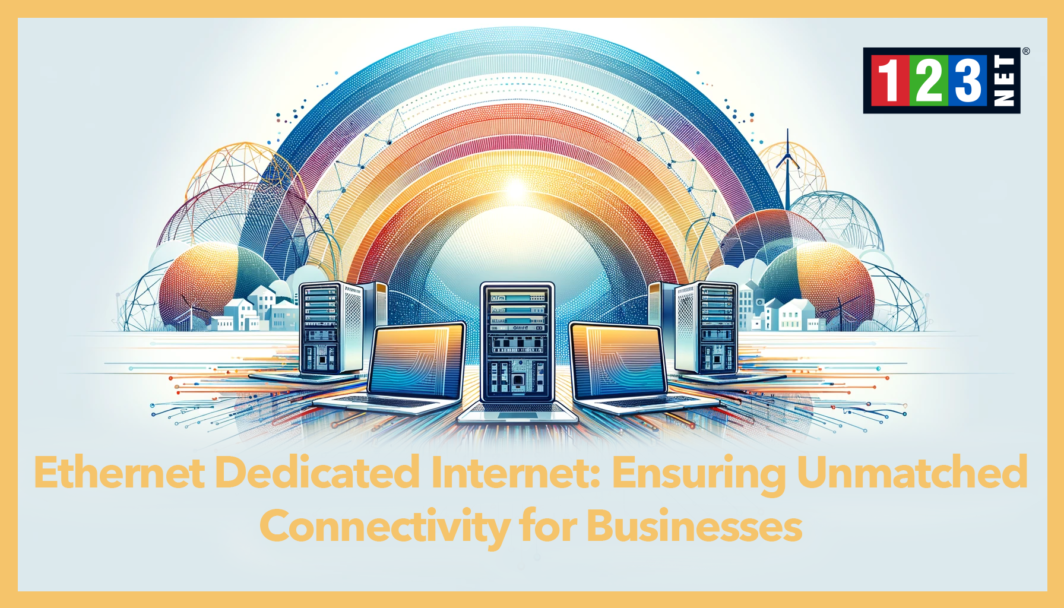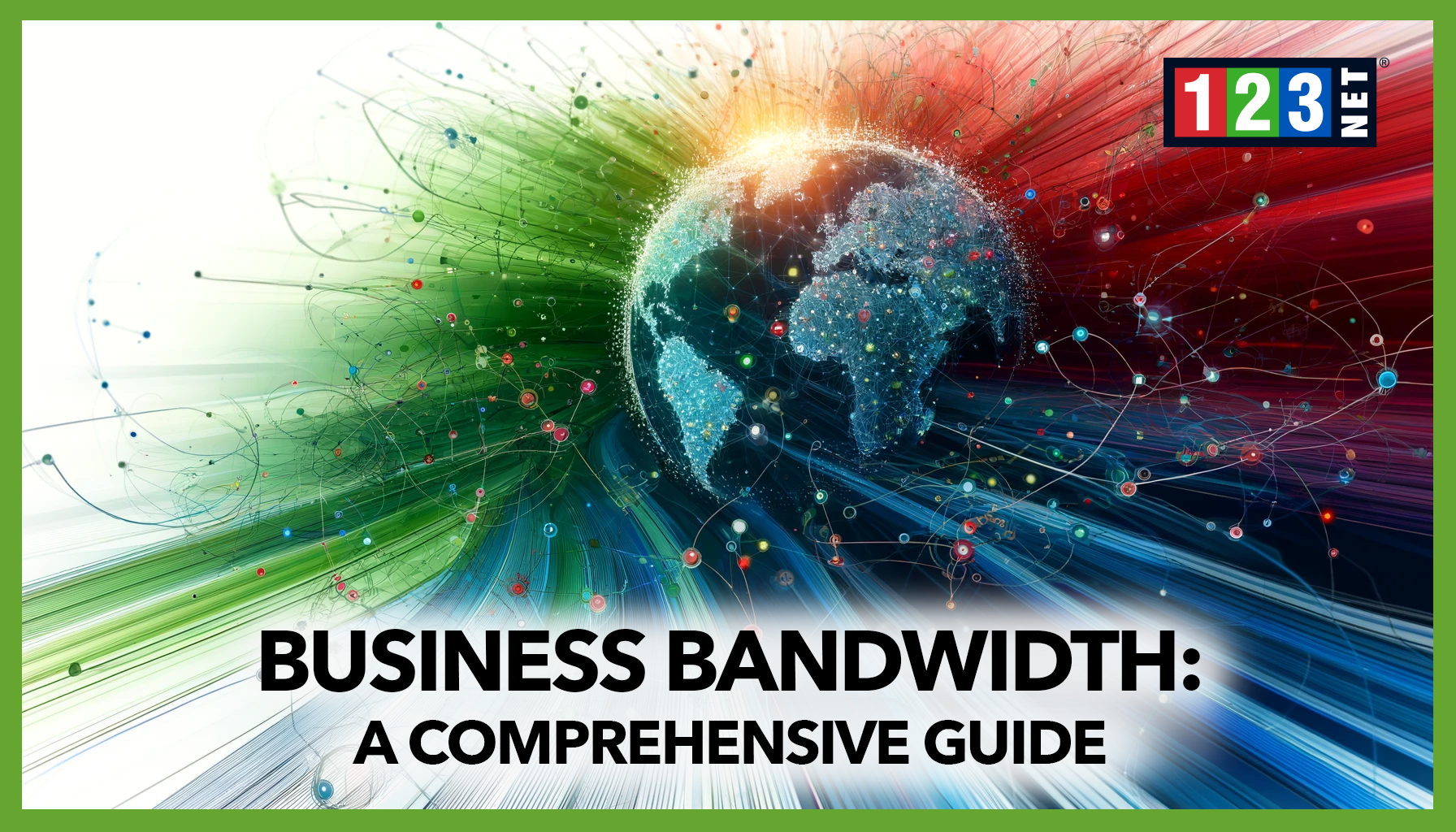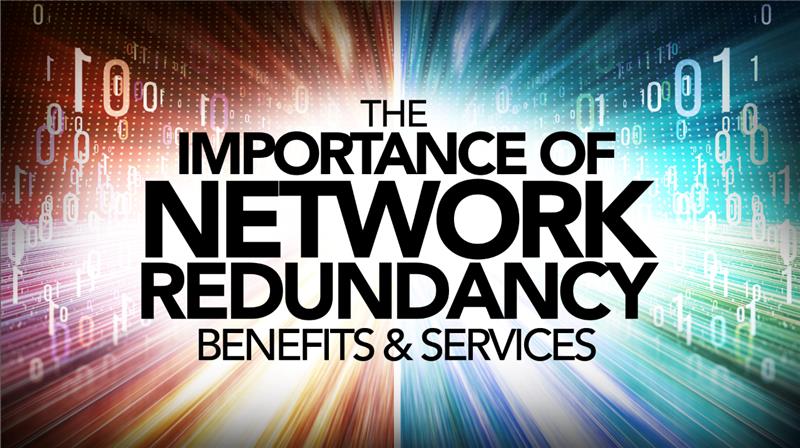
Introduction
In today’s digital-centric business landscape, Ethernet Dedicated Internet (EDI) emerges as a premier solution for unmatched connectivity. Distinct from traditional internet offerings, EDI furnishes businesses with a private, non-shared direct line to the internet. This is ensuring an unparalleled level of service exclusivity. This unique feature is pivotal for operations reliant on consistent, secure online access. The critical role of EDI in enhancing business functions extends beyond mere connectivity; it underpins vital activities. Such as rapid data exchanges and the smooth integration of cloud-based services. By offering a steadfast and secure connection, EDI is instrumental for businesses aiming to thrive in the modern digital arena. It is facilitating operations with its robust support for essential internet-reliant processes. This makes EDI not just a service, but a fundamental component of contemporary enterprise infrastructure. It is enabling businesses to leverage the full potential of digital solutions and maintain competitive edge.
The Advantages of Ethernet Dedicated Internet
Unmatched Speed and Reliability
Ethernet Dedicated Internet (EDI) revolutionizes business connectivity by offering unmatched speed and reliability unparalleled by traditional internet services. Unlike the shared bandwidth typical of broadband, DSL, and even some fiber connections, EDI provides businesses with a dedicated conduit to the digital world. This exclusivity guarantees that operations are never hindered by the common disruptions of bandwidth throttling or network congestion that frequently impact shared connections. The distinct advantage of EDI lies in its ability to deliver consistently high-speed internet access. It is a necessity for businesses in an era where digital presence and online operations are integral to success. The reliability of EDI is not just about maintaining operational continuity; it’s about providing a foundation upon which businesses can build and expand their digital strategies without fear of the infrastructure faltering beneath them.
Scalability and Flexibility
Moreover, EDI’s scalability and flexibility mark a significant departure from the rigid offerings of traditional internet services. Businesses today are dynamic, with needs that change and evolve, sometimes unpredictably. EDI accommodates this reality, allowing companies to adjust their bandwidth requirements in alignment with their operational demands. Whether scaling up to accommodate a surge in online traffic or scaling down to manage costs during slower periods, EDI’s scalable internet solutions give businesses the agility they need to respond to market conditions effectively. This flexibility extends to the optimization of network performance. It is enabling enterprises to streamline their operations and ensure that they are always running at peak efficiency. The ability to tailor internet services to the precise needs of a business means that companies are no longer forced to fit their operations into the bandwidth limitations imposed by their internet service. Instead, they can mold their EDI service to support their unique requirements. It is ensuring they are never paying for more than they need or finding themselves bottlenecked by insufficient resources.
EDI’s unmatched speed and reliability, combined with its scalable and flexible nature, make it an ideal solution for modern businesses. It depends on robust, reliable internet connectivity to support their operations. By offering a dedicated, high-performance internet connection that can be precisely tailored to meet the fluctuating demands of business, EDI not only supports but enhances the digital endeavors of enterprises, positioning them for success in a competitive digital marketplace.
How Ethernet Dedicated Internet Works
Technical Overview
Ethernet Dedicated Internet (EDI) stands as a beacon of innovation in business connectivity, offering a seamless and direct conduit to the internet through a private connection. This unique setup is strategically designed to circumvent the congested. It is often unreliable paths of the public internet, thereby drastically reducing latency and significantly boosting security measures. For businesses already equipped with Ethernet technology, transitioning to EDI is a straightforward process requiring minimal infrastructural adjustments. This ease of integration, combined with the robustness of the service, positions EDI as the premier choice for large enterprises in need of dependable internet connectivity. The architecture of EDI not only streamlines operations but also fortifies them against the myriad of challenges faced on the open internet.
Benefits Over Other Types of Connections
Beyond its technical prowess, EDI’s advantages extend into the realm of security and performance when juxtaposed with traditional connections. The cornerstone of EDI’s superiority lies in its provision of dedicated bandwidth. This ensures that businesses have unfettered, consistent access to the internet, free from the bandwidth competition typical in shared networks. Moreover, the direct nature of the EDI connection inherently minimizes the risk of security breaches. It is shielding business data from the vulnerabilities rampant in less secure, communal network environments. The enhanced reliability and speed afforded by EDI translate into tangible improvements in network performance, offering businesses a strategic advantage. By eliminating the frequent disruptions and security concerns associated with other types of internet connections, EDI empowers enterprises to optimize their network performance efficiently. This optimization is crucial for maintaining operational continuity. As well as ensuring that enterprises can leverage the full spectrum of digital opportunities available in today’s market. It is making EDI an indispensable asset for businesses intent on harnessing the power of the internet to its fullest potential.
Implementation of Ethernet Dedicated Internet
Assessment and Planning
Embarking on the journey to Ethernet Dedicated Internet (EDI) adoption necessitates a meticulous approach. This is beginning with a comprehensive assessment of a business’s unique internet requirements. This critical first step delves into both the present and anticipated needs for high-speed internet. It is scrutinizing the gamut of operations that depend on robust online connectivity. By evaluating these needs, businesses can pinpoint the exact specifications required for their EDI service, ensuring that the infrastructure to be implemented is perfectly aligned with their operational demands. This stage is foundational, setting the stage for a custom-tailored EDI solution that not only meets but anticipates the evolving landscape of digital needs. It is providing a scalable and flexible platform for internet access.
Installation Process
Transitioning to the practical aspects of EDI implementation, the installation process is by precision and attention to detail. Despite its straightforward nature, successful deployment hinges on meticulous planning and execution. This involves the deployment of physical infrastructure tailored to support EDI, the installation of necessary equipment, and the careful configuration of network settings to harness the full potential of dedicated internet access. Service providers play a pivotal role in this phase, offering step-by-step guidance. It is ensuring that the installation process is not only efficient but also optimized for the business’s specific needs. Through this guided installation, businesses are equipped to seamlessly transition to EDI, setting the stage for enhanced internet connectivity that promises not only higher speeds and reliability but also an internet service that is inherently aligned with the strategic objectives of the enterprise. This methodical approach to assessment, planning, and installation ensures that EDI becomes a powerful tool in the business’s digital arsenal. It is ready to support its online activities with unmatched efficiency and performance.
Cost Analysis
At first glance, the upfront cost of implementing Ethernet Dedicated Internet (EDI) is intimidating for businesses eyeing this advanced connectivity solution. Yet, when dissecting the financial aspects through a thorough cost analysis, the narrative shifts dramatically. The essence of EDI—boasting dedicated bandwidth and unmatched reliability—becomes a catalyst for enhancing operational productivity while simultaneously curtailing downtime. This pivotal shift not only streamlines business operations but also significantly boosts the bottom line over time.
A well-structured cost analysis dives deep into the initial financial outlay required for EDI. It is encompassing both the installation expenses and the ongoing monthly service fees. However, the crux of this financial evaluation lies in projecting the potential savings achieved through heightened operational efficiencies. These savings manifest in various forms, such as reduced time and resources spent managing network-related issues. As ell as the ability to leverage high-speed internet to accelerate business processes. Consequently, the return on investment (ROI) for EDI becomes increasingly compelling, painting a clear picture of how the long-term benefits decisively eclipse the initial costs. This financial perspective encourages businesses to view EDI not just as an expenditure but as a strategic investment in their future operational success.

FAQs on Ethernet Dedicated Internet
- What is Ethernet Dedicated Internet and how does it differ from standard internet services? A: Ethernet Dedicated Internet provides businesses with a private, direct connection to the internet, offering advantages in speed, reliability, and security over standard shared services.
- Who should consider using Ethernet Dedicated Internet? A: Businesses requiring high levels of internet performance, security, and reliability, especially those with significant online operations, should consider EDI.
- How does the installation process work and what are the costs involved? A: The installation process involves setting up the physical and technical infrastructure for EDI, with costs varying based on the business’s location, existing infrastructure, and specific needs.




